The Québec maritime Blog
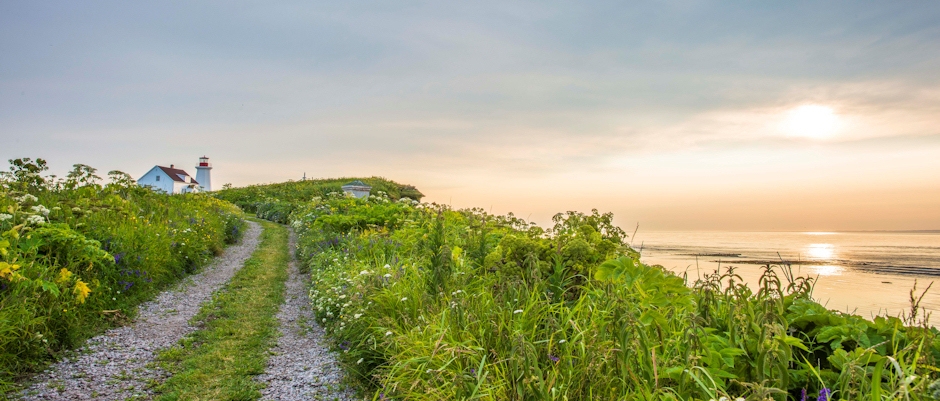
-
Perroquets Island in the Mingan Archipelago
Steve Deschênes
10 Good Reasons to Visit Côte-Nord, Québec
Often associated with the village of Tadoussac, Côte-Nord is a vast natural and maritime region located on the north shore of the St. Lawrence in Eastern Québec. Made up of two tourist regions, Manicouagan and Duplessis, Côte-Nord covers an area of nearly 240,000 km2 (92,000 sq. mi.), so it obviously includes much more than just Tadoussac!
Amazing and varied landscapes, a rich culture, abundant wildlife, friendly people... there are many ways to describe this region’s attractions and at least 10 good reasons to visit it!
1. Go whale watching
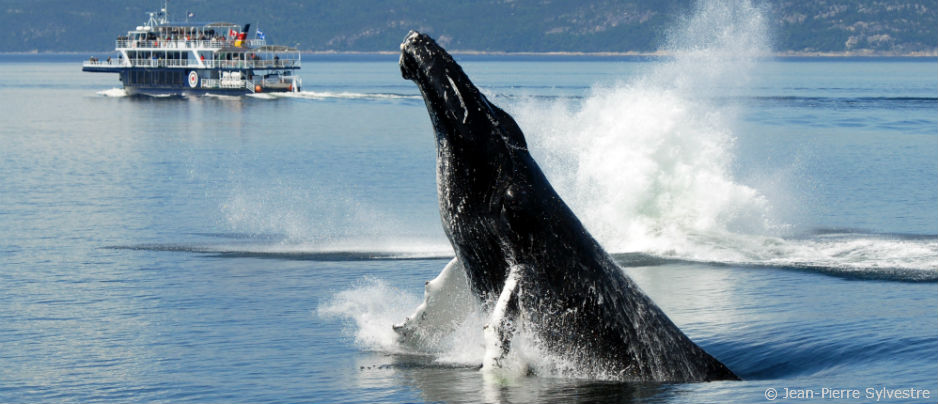
There are no two ways about it: whales are this region’s most popular attraction, which is not too surprising considering that Côte-Nord is one of the best places in the world to watch whales.
There are many opportunities to see these majestic mammals and hear their blows (the sound they make when they forcefully expel air), which will help you to spot them.
While strolling along the coast or sitting on the banks of the St. Lawrence, you’ll be able to observe whales with the naked eye. With any luck, you may even spot a blue whale, the largest animal on earth. Several cetacean species are found in the waters of the St. Lawrence, so observe them carefully so you can identify them.
If you’re out in a sea kayak, the whales may approach you. Accompanied by a guide, you can explore the watery playground of these marine mammals in complete safety. As you glide across the water, admire the acrobatics of the humpbacks—this is one of the best ways to commune with the whales!
However, watching whales from a Zodiac or sightseeing boat is just as unforgettable—I can almost guarantee you will be beaming from ear to ear the whole time! Such an excursion will fill your head with wonderful memories, not to mention that this is a great opportunity to learn all about the whales of the St. Lawrence!
As you have now gathered, observing whales in Côte-Nord is a unique and thrilling experience—especially if you’ve never done it before!
2. Admire the impressive monoliths in the Mingan Archipelago
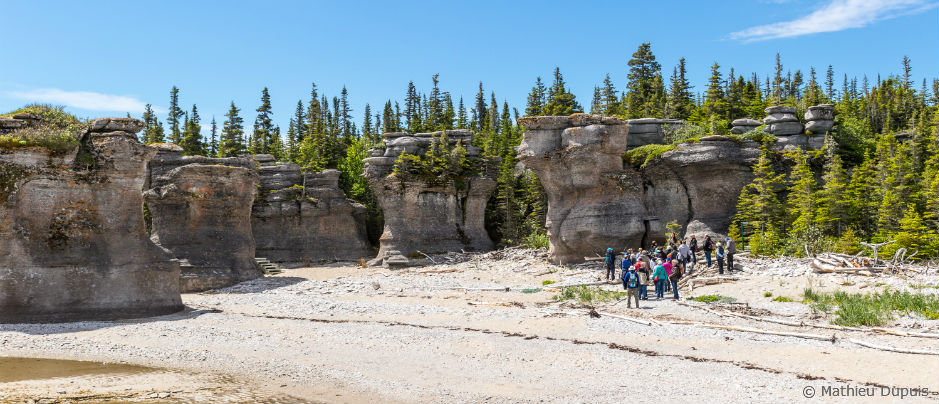
In Duplessis, you’ll want to explore the Mingan Archipelago National Park Reserve. The surreal landscape found here is like nothing you’ve ever seen before. Located between Longue-Pointe-de-Mingan and Aguanish, the park reserve protects an area of over 150 km2 (60 sq. mi.) and contains the largest concentration of erosion monoliths in Canada. These huge and unusual limestone formations dot the islands in the archipelago. A boat excursion is a great way to discover the geological history of this area.
As you visit the islands, you can compare the effects of nature on these thousand-year-old monoliths. Some stand proud in all their limestone glory, whereas others are covered in a blanket of vegetation that recalls the nearby boreal forest. Renowned for its rich native flora, the archipelago is made up of over 1000 islands and islets, so there’s a lot more to see than just monoliths! The park reserve is also home to abundant wildlife, especially seabirds: a dozen species are found in the archipelago, including Atlantic puffins, the park’s most famous residents.
When night falls, play at being Robinson Crusoe by staying in one of the “ready-to-camp” oTENTik tents on Quarry Island.
3. Discover the charming village of Tadoussac
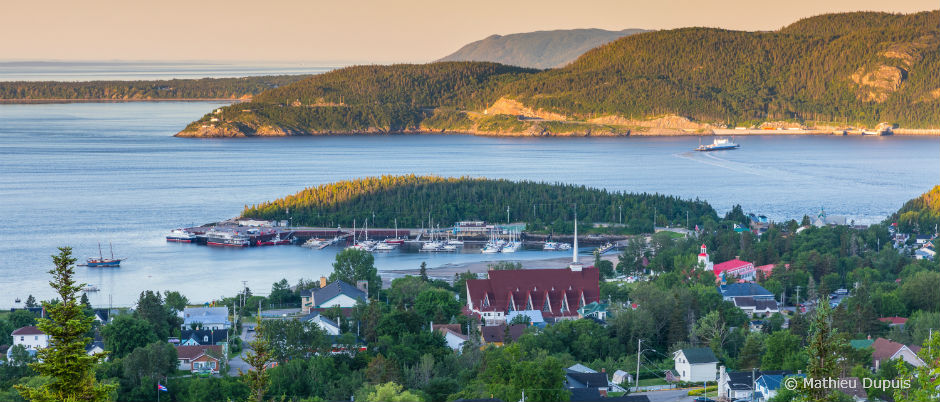
At the mouth of the Saguenay Fjord, the village of Tadoussac is a must-see if you’re visiting Côte-Nord. Over 400 years old, Tadoussac is the oldest village in Québec. As soon as you get there, you’ll understand why it is part of the Association of the Most Beautiful Villages of Québec and its bay is a member of the select Most Beautiful Bays in the World Club.
At the centre of the village, step back in time by visiting the Petite Chapelle, also known as the Indian Chapel, the oldest wooden church in Canada, as well as the Chauvin Trading Post, a replica of the first fur-trading post built in 1600 by Pierre Chauvin de Tonnetuit. While you’re there, walk the Pointe-de-l’Islet trail and admire the stunning view of the mouth of the Saguenay Fjord.
4. Enjoy an adventure in the Sept Îles Archipelago
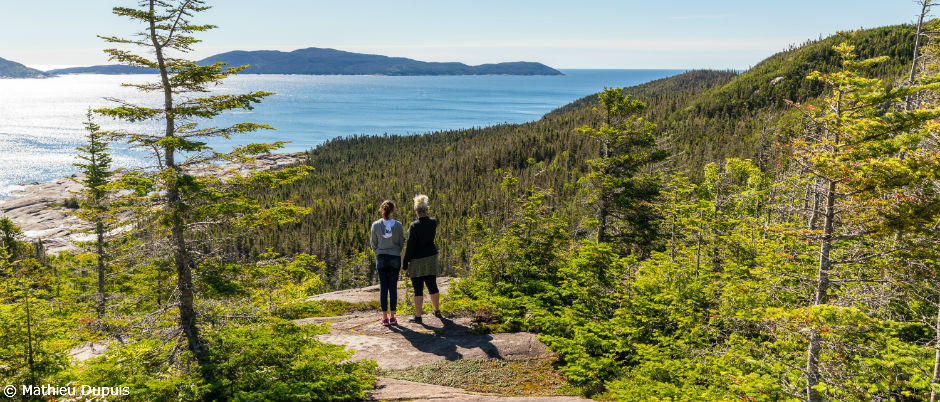
Grande Basque, Petite Basque, Petite Boule, Grosse Boule, Corossol, Manowin and the De Quen islets… The names of the seven islands that make up the Sept Îles Archipelago only hint at the adventures that await you here. Each island offers a unique experience in nature—each has its own attractions and is worth exploring!
For the complete experience, you must visit the archipelago both by water and by land. The interpretive trails and bird-watching sites on Grande Basque Island will delight nature lovers while a sea excursion by sightseeing boat or kayak will give you a front-row seat to an authentic nature show. Scuba diving is another great way to explore these islands.
5. Visit a lighthouse and spend the night in the lightkeeper’s house
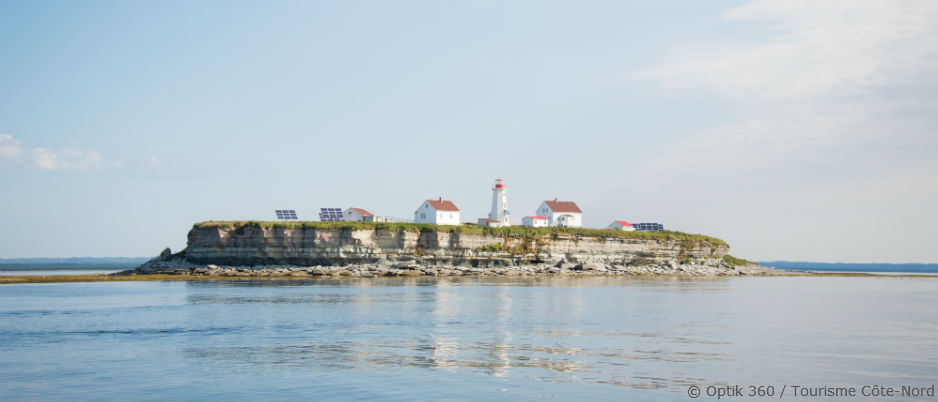
Monuments to the region’s rich maritime heritage, lighthouses are numerous in Côte-Nord. In fact, the region is home to 17 of the 43 lighthouses found in the maritime regions of Québec.
Several of these sentinels of the sea now offer lodging, thus providing travellers looking for unique experiences with the opportunity to step into the shoes of the lightkeepers of old. While visiting the lighthouses of Côte-Nord during the day is a rich experience, spending the night in the lightkeeper’s house is truly unforgettable. Comfortably settled in your room, you will fall asleep to the sound of the waves and the wind.
6. Be awed by the Daniel-Johnson (Manic-5) hydroelectric dam
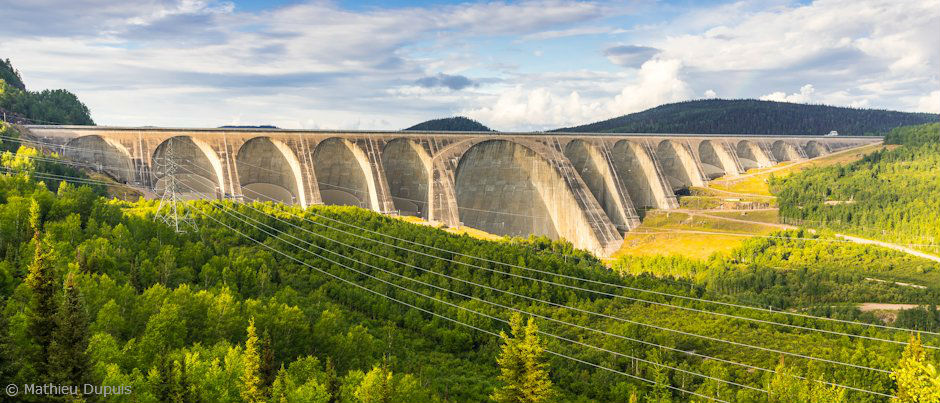
The primary dam on the Manicouagan Reservoir, also known as the “Eye of Québec,” the Manic-5 hydroelectric dam is an architectural wonder worth visiting.
What is the Eye of Québec, you ask? Some 214 million years ago, a meteor struck the earth, creating a circular crater with a surface area of 1940 km2 (750 sq. mi.). Visible from space, this impact crater, which resembles an eye, is one of the largest such formations on earth. Following the construction of the Manic-5 dam in the 1960s, the flooding of the crater created an annular lake, the Manicouagan Reservoir, which is also known as Lake Manicouagan.
Whether you are standing at the foot of the dam or on its crest (141 metres, or 463 feet, off the ground!), plenty of thrills are guaranteed during your visit. You will be impressed by the size and performance of these facilities: the Manic-5 dam is the largest multiple-arch-and-buttress dam in the world! Tours are free and are available in English; reservations are highly recommended.
7. Discover the quaint fishing village of Natashquan
Until 2013, the remote fishing village of Natashquan marked the end of Québec’s longest road, Route 138, which is also known as the Whale Route. Today, even though the road has been extended east to Kegaska, Natashquan still feels a bit like the edge of the world. The village is home to fewer than 300 people and is a peaceful oasis where time seems to stand still and you can appreciate the simple joys of life. Everyone who visits Natashquan, however briefly, is bound to soak up the quiet charm of this area.
Natashquan is the hometown of famous singer-songwriter and poet Gilles Vigneault, who wrote Québec’s unofficial national anthem, Gens du pays. You can learn more about this folk music legend by visiting the Vieille École, an old schoolhouse that has been transformed into a museum showcasing his work. Many of his songs were inspired by the history and legends of this beautiful part of the country.
Natashquan is also home to an Innu community, which you can visit in the Natashquan Reserve. Listen to their rich stories, told in the Innu-aimun language. And if you happen to be there at the right time of year, don’t miss the Innucadie Stories and Legends Festival, the only storytelling event in Côte-Nord. You will be enchanted by the storytellers and their tales, which have been passed down from generation to generation.
This is also your opportunity to meet the area’s friendly fishermen, who will be happy to share some of Natashquan’s fishing history with you. You’ll want to visit the famous Les Galets, a heritage site made up of fishing cabins used during the heyday of the cod fishery in this area.
8. Go black bear watching
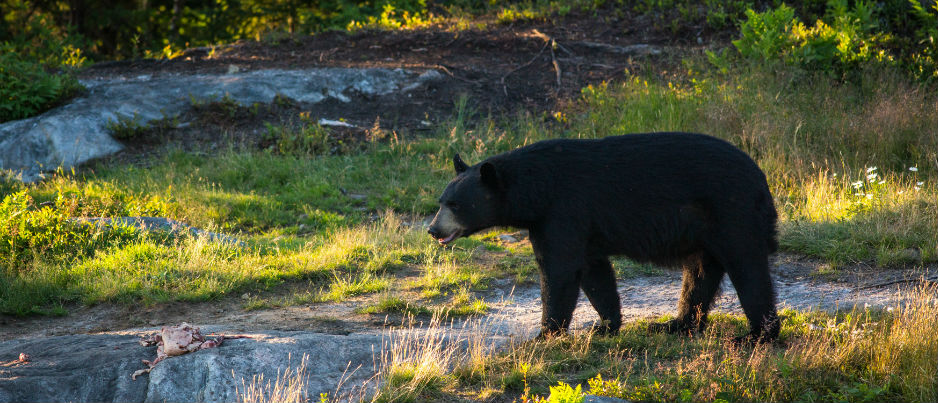
Among all the animal species you can observe in Côte-Nord, there is one that is particularly majestic: the black bear.
Several companies offer bear-watching activities in special observation sites, including Ferme 5 Étoiles. In the safety of an observation tower, you can watch one or more black bears as they feed at twilight, sometimes less than 40 metres (130 feet) away from you. As you can imagine, this is a magical experience! To top it off, a naturalist guide who specializes in bear behaviour will accompany you and provide you with tips and information.
You are bound to be amazed by the strength, ingenuity and dexterity of these giants in their natural habitat.
9. Explore Anticosti Island
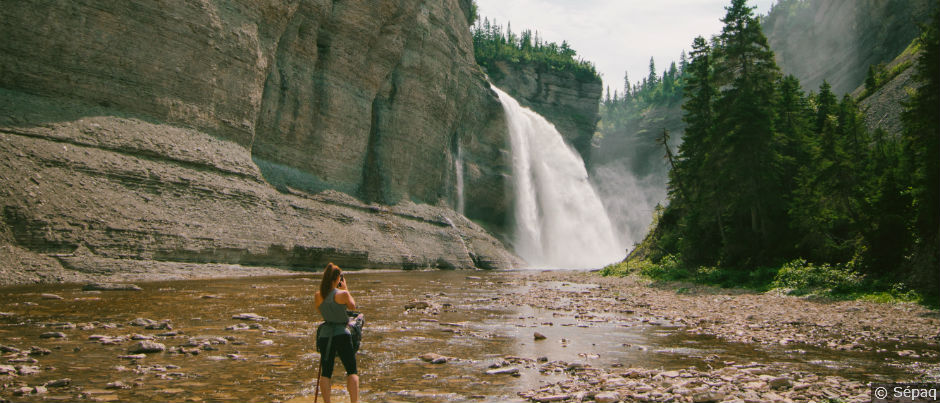
If you’re a nature lover or wildlife enthusiast, you’ll want to visit Anticosti Island for sure. This wild and enchanting island in the middle of the Gulf of St. Lawrence offers a wide range of attractions and activities.
For starters, there are the impressive Vauréal Falls, which contribute to the fame of Anticosti throughout the world. Observe the extraordinary natural beauty of this waterfall that plunges 76 metres (249 feet) into a deep canyon and feel the strength of the elements as you listen to the pounding sound of the falling water.
The island is also home to an abundance of wildlife, including 115,000 white-tailed deer—so many that you are bound to encounter a few during your visit! Armed with your camera, you may also have the opportunity to snap shots of foxes of various colours: red fox, silver fox and cross fox.
If you’re an angler, don’t miss the opportunity to go salmon fishing on the Jupiter River, one of the 27 recognized salmon rivers on the island!
10. Visit Parc Nature de Pointe-aux-Outardes along the St. Lawrence
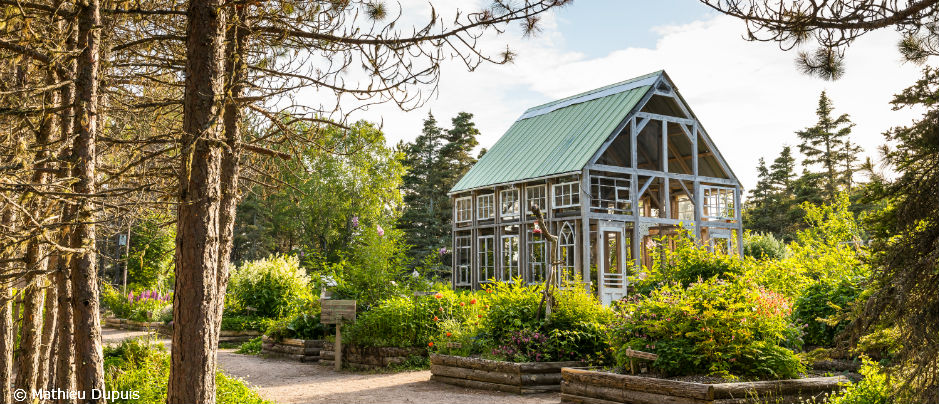
Located on the western point of the Manicouagan Peninsula, Parc Nature de Pointe-au-Outardes is a destination that is well worth the detour, for a number of reasons.
In the park, you will have the opportunity to explore eight different ecosystems as well as observe the many birds that populate this area. The lush forest is a great playground in which to discover boreal plants or go looking for mushrooms.
Along the shore, 4 km (2 mi.) of sandy tidal flats stretch out along the St. Lawrence and provide an unforgettable access to the sea. As you stroll along the water’s edge, keep an eye out for beach glass and pottery as well as driftwood from the many ships that have sunk into the St. Lawrence.
Consult our section about Côte-Nord to find out more about this region!
To plan your trip and book a package in Minganie or the Lower North Shore, contact Voyage CoSte.
(0) comment